
views
In the case of this article, the term "vintage" is used to refer to any bead over 30 years of age and under 100 years. If the bead is over 100 years old, it would generally be considered to be an antique.
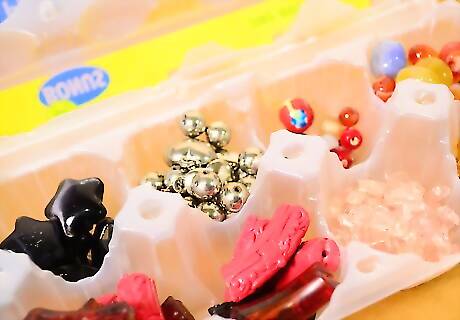
Sort the beads. If you've already purchased a bag of beads, sort them into sizes, colors, shapes, etc., to make it easier to work through them.
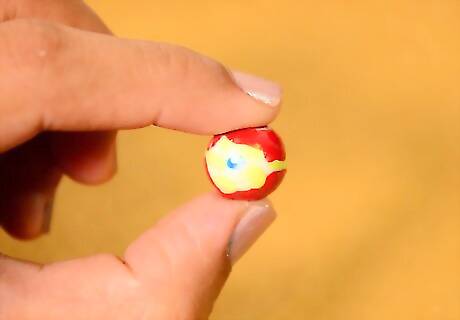
Examine the bead by sight. Be sure to do this under excellent light conditions, such as lots of natural light or a strong lamp. Use a magnifying glass or lamp if needed. When looking at a bead to identify its age, the following considerations are important: Can you see a seam? If so, this can indicated a mold for a plastic bead, or pressed glass. What sort of texture can you see? Some textures are clearly modern, whereas others might indicate age. Is there a gloss, sheen, or other shiny element to the bead that could help to indicate its origin? Or, is there natural aging taking place, indicating a natural product that has been around for a long time? Don't forget to check for chips (stone/glass), and erosion signs. Is there any part of the bead's coloring or finish worn away? This could indicate a reproduction with poor application of paintwork or finishing. Are there any specific markings? Check the hole size. A larger hole might indicate an older bead because of the lack of sophisticated cutting tools. This doesn't always hold, however, as craftspersons who took time and effort to create delicate beads would have been very careful. Is the bead carved? Ivory, vegetable ivory, and bone were typically carved by hand in older times. Painstaking but definitely beautiful! Are there any embellishments or settings accompanying the beads? The quality of these can help to establish the age, as older embellishments and settings tended to be of higher quality, and anything that needed to be held in was done so by the embellishment rather than by glue.
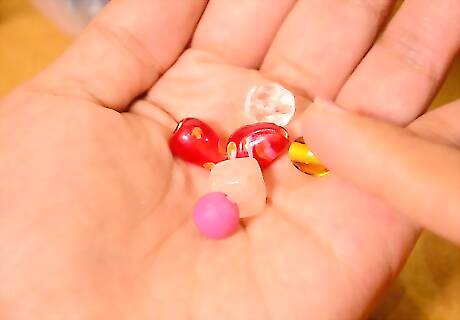
Examine the bead by feel. Plastic beads are modern, whereas glass beads were used in vintage times. Naturally, glass is still used today, so this isn't the end of your testing, but discarding of the plastic beads is a good start when hunting for vintage. When feeling the bead, consider the following: Is the bead cold to the touch? This is a good sign, indicating that it might be glass, stone, gemstone, metal, pearl, or shell. All of these materials were used to create vintage beads. If it is warm, this is a sign that is might be plastic. Take care, however, as beads that feel warm could still be vintage but made from amber, nuts, vegetable ivory, wood, Bakelite (vintage plastic), bone and animal-derived ivory. If the bead feels light, it's more likely to be plastic than glass.
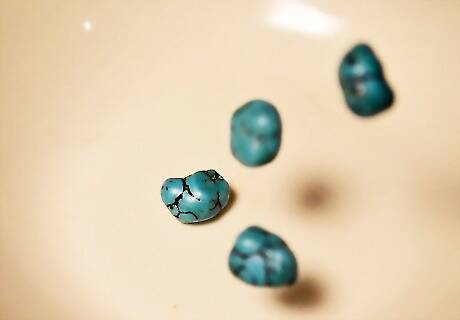
Do a sound test. Gently jiggle the beads in your cupped hands. When they fall together, what is the sound that they make? A soft clinking or barely any noise at all can indicate plastic. A heavier noise can indicate glass. You will need to be familiar with the sounds of glass, etc.; just keep training your ear and you'll seen get the hang of this method.
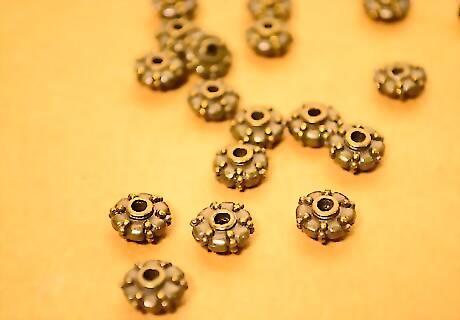
Look at accompanying paraphernalia. If your beads came with other items, sometimes these can help provide clues, especially if you inherited a jewelery box, or you bought an auction lot. Things to look for include: Old photographs featuring family members wearing the beads. Old bead-making items including old advertising/branding Accompanying items are all very old as well Newspaper cuttings with dates if you're really lucky! While none of these things are proof alone in your detective exercise, they can help build a picture of the possible age of the accompanying beads.

Check online and in books for pictures. You might be able to match the beads against photos that you can see of beads in bead books or on the many beading sites that now exist online.
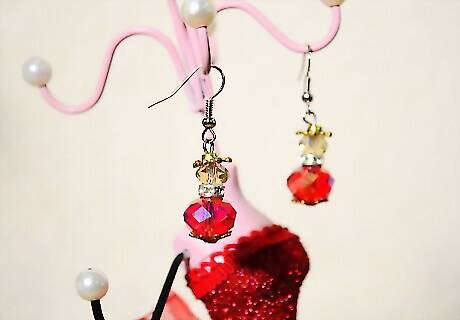
If you're not sure, the final test is simple. It's basically down to what you want the beads for, how much you like the beads, how you came about them, whether or not they're a gift or you have to pay for them, etc. Some questions to consider include: Do you like the bead a lot? If so, purchase or use it. Is the price reasonable enough that it doesn't matter whether or not it's vintage? Are you not so taken with the appearance of the bead but just wanted it to be a part of your vintage collection? If so, leave it unless it's really affordable. Are you sitting on the fence? If so, leave it! If you inherited them and want to know their value, seek professional advice.




















Comments
0 comment